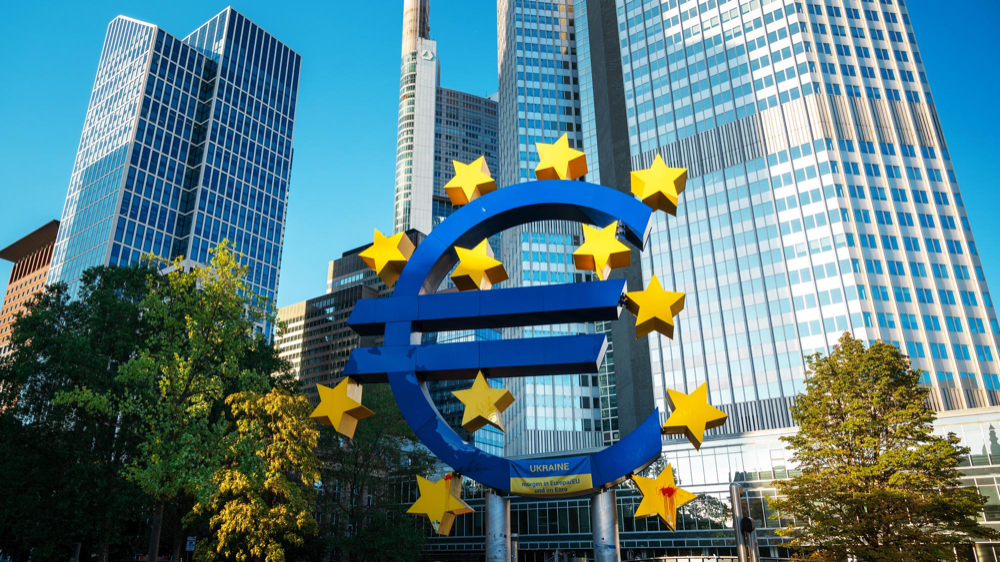European Commission proposals for the next multiannual EU budget contain some good ideas but fall far short of the needed radical rethink.
The European Commission on 16 July proposed a modest increase in the EU budget for 2028-2034, from roughly 1.1% of gross national income (GNI) currently to 1.26%. This is clearly insufficient given Europe’s significant spending gaps. The September 2024 report by former Italian prime minister Mario Draghi, supposed to steer the European Commission’s thinking, identified an investment shortfall of 4%-5% of GDP (though without clarifying the role of public versus private spending or the EU budget’s share). Meanwhile, we have argued that an additional 0.8% of GDP would be appropriate for joint EU-level spending. The Commission’s proposal – an extra 0.15% of GNI – thus falls well short.
Resistance from several EU governments to even this minor increase is surprising, given that the EU faces mounting spending needs, that much of the increase will go toward repaying pandemic recovery debt – thereby limiting funds for new initiatives – and that the proposed increase would be barely perceptible from a national public spending perspective, with public authorities in the EU typically spending over 40% of GDP.
More promising is a proposed shift in spending. Allocations for agricultural and cohesion policies would shrink in relative terms, while competitiveness, including research, education and cross-border infrastructure, would see significant EU spending increases. Defence and energy connectivity would also receive more funding, as would ‘global action’ (external spending). These changes are positive, but do not go far enough.
Our research shows that direct income subsidies for farmers lack a clear European justification. These payments do not support food security and serve mainly as social policy. Current agricultural practices also harm the environment, including biodiversity – an issue the proposal ignores. While eliminating farm subsidies may be politically impossible, they should be shifted to national budgets with harmonised criteria to maintain a level playing field. This would free EU resources for areas with true European value added.
There is a stronger justification for EU-level financing of cohesion policy. As poorer eastern EU countries have closed the gap with wealthier western countries, some reduction would be reasonable.
The future framework for agricultural and cohesion policy would be based on new National and Regional Partnership Plans. Such planning could improve strategic thinking but experience with pandemic recovery plans suggests caution: the recovery plans were hard to compare and prioritised disbursement of funds over results. The Commission’s role in designing and evaluating them while also evaluating the overall impacts of the pandemic recovery facility created conflicts of interest. This risk might carry over to the new partnership plans. Moreover, such partnership plans might involve greater centralisation, limiting the roles of regional and local stakeholders.
Proposed increases in competitiveness and defence spending, and a major rise in funding for energy interconnectors, are likely to be the least controversial elements of the Commission proposal. The real issue here is that the spending plans are not nearly ambitious enough. Global action spending should also rise further.
On the revenue side, most of the Commission’s proposals are sensible. To raise money for the EU budget there would be new levies on emissions (supporting the policy goal of decarbonisation), tobacco (encouraging healthier lifestyles) and non-collected electronic waste (protecting the environment). But these revenues would also be funded by national budgets, and hence might face resistance.
Meanwhile, a proposal for an annual lump-sum levy on large companies is controversial, because it would impose uneven burdens depending on company size and profit margins. This company tax seems set to replace earlier digital tax ideas – possibly because of pressure from the US under President Trump.
The EU budget is already part-funded by customs duties. A proposal to reduce from 25% to 10% the share of customs duties retained by EU countries is eminently justifiable. However, as a customs union, the EU should receive the full benefit of its trade revenues, with only a modest collection fee (perhaps 2%) retained nationally.
Equally welcome is the proposed elimination of EU budget rebates, which since the 1980s have evolved into complex, opaque arrangements that make contributions regressive, with wealthier countries paying in smaller shares of their GNI than poorer countries.
Finally, the Commission suggests some instruments outside the regular seven-year budget, including an emergency fund and a facility for war-torn Ukraine, though details remain unclear.
Despite the good points, the plan falls far short of what Europe needs to meet strategic challenges. It also leaves some challenges in relation to biodiversity loss and performance measurement unaddressed. The limited ambition may reflect the Commission’s concern that EU countries would reject outright a bolder proposal. One can only hope the final agreement does not water it down further, and that details will be clarified in a way that genuinely addresses Europe’s strategic needs.
About the author:
Zsolt Darvas is a Senior Fellow at Bruegel and a part-time Senior Research Fellow at the Corvinus University of Budapest.

